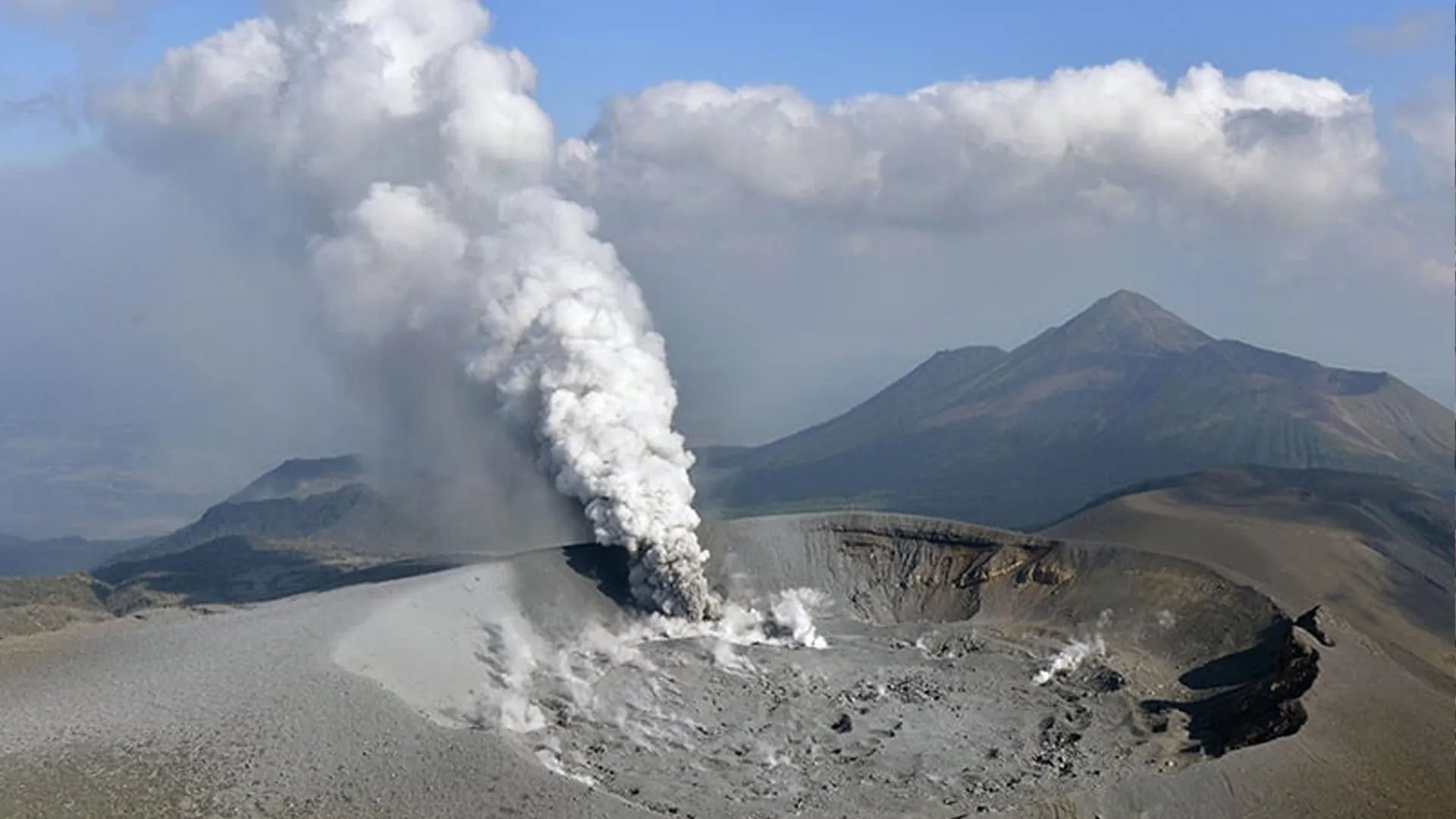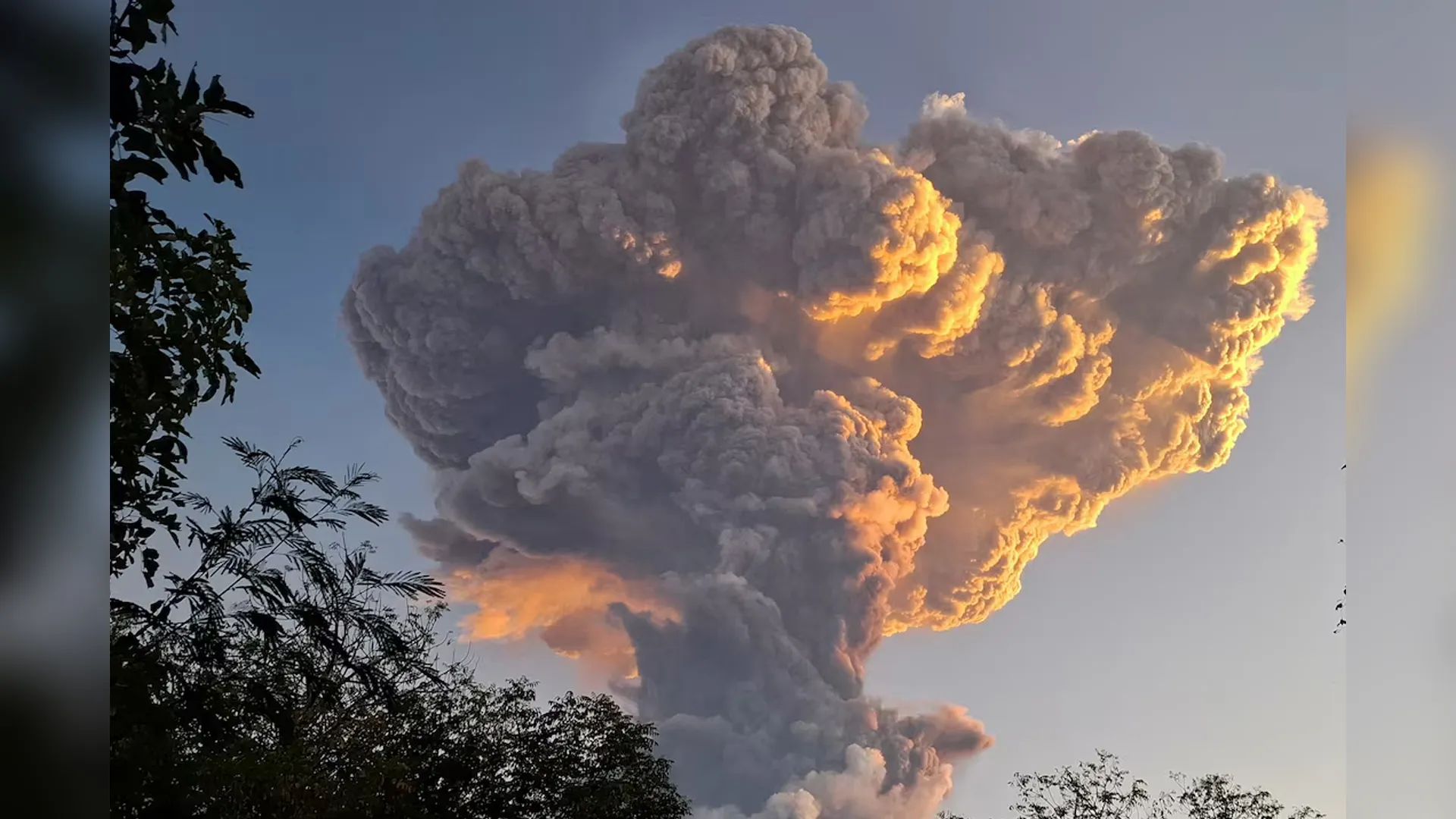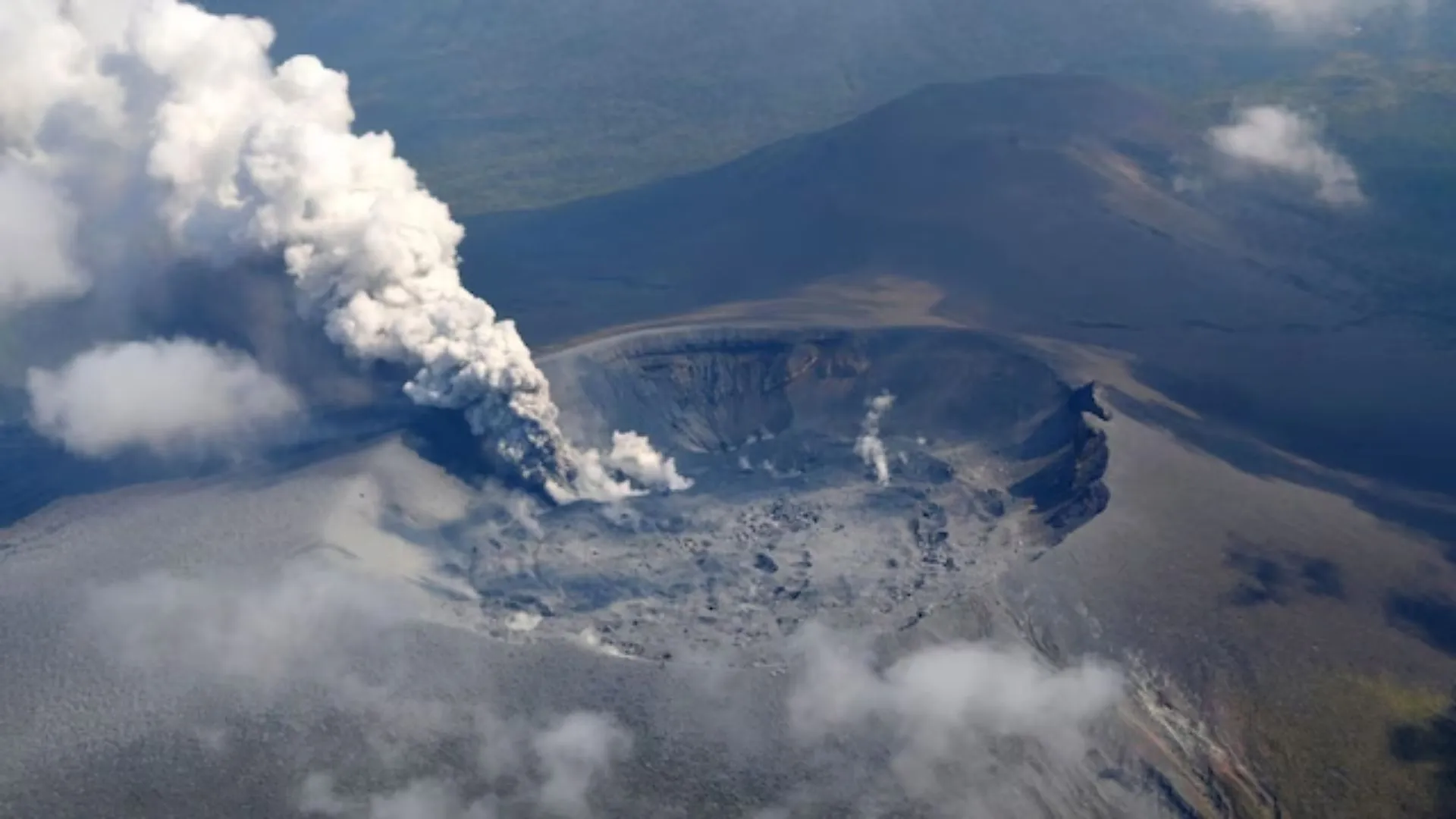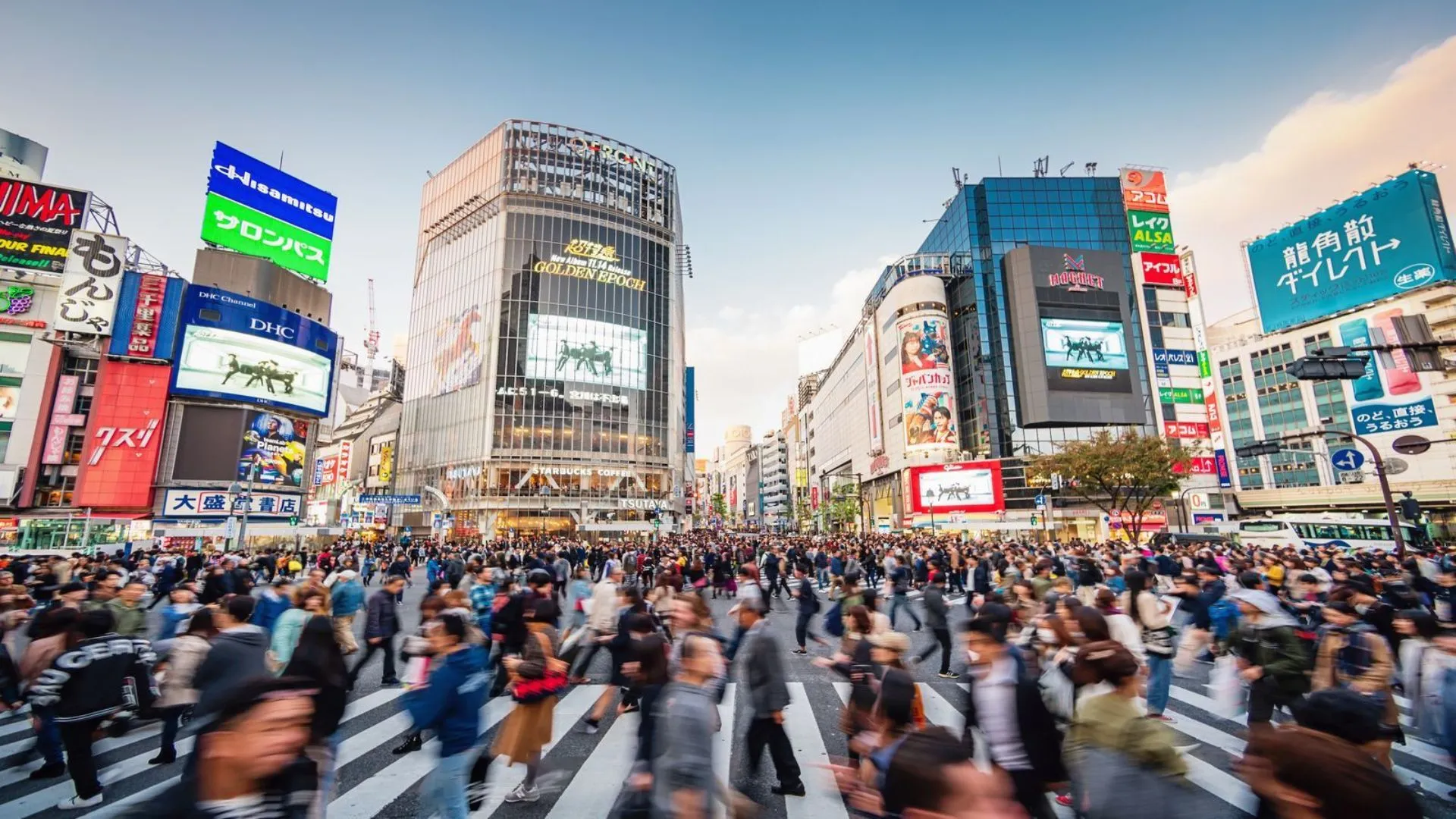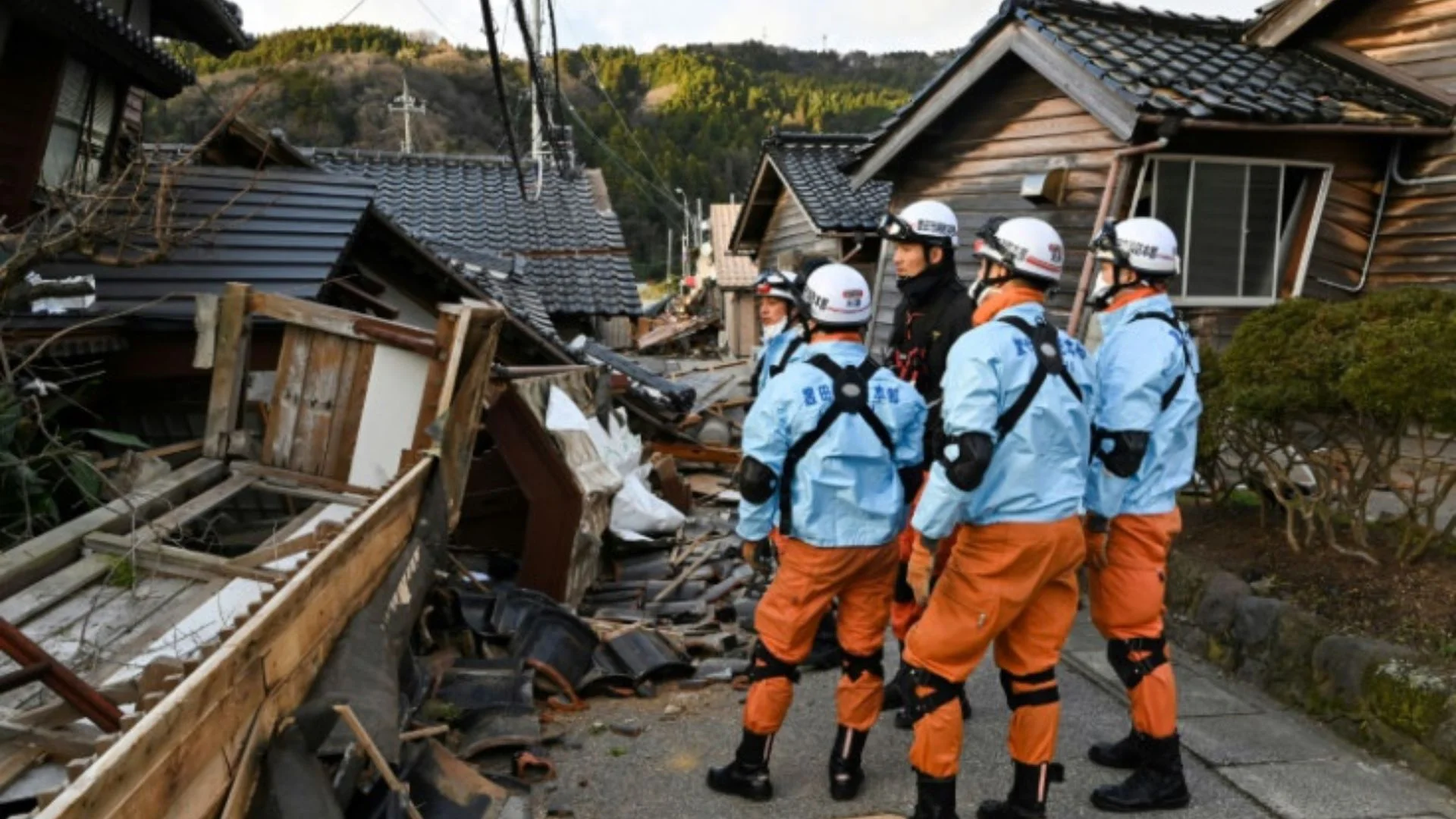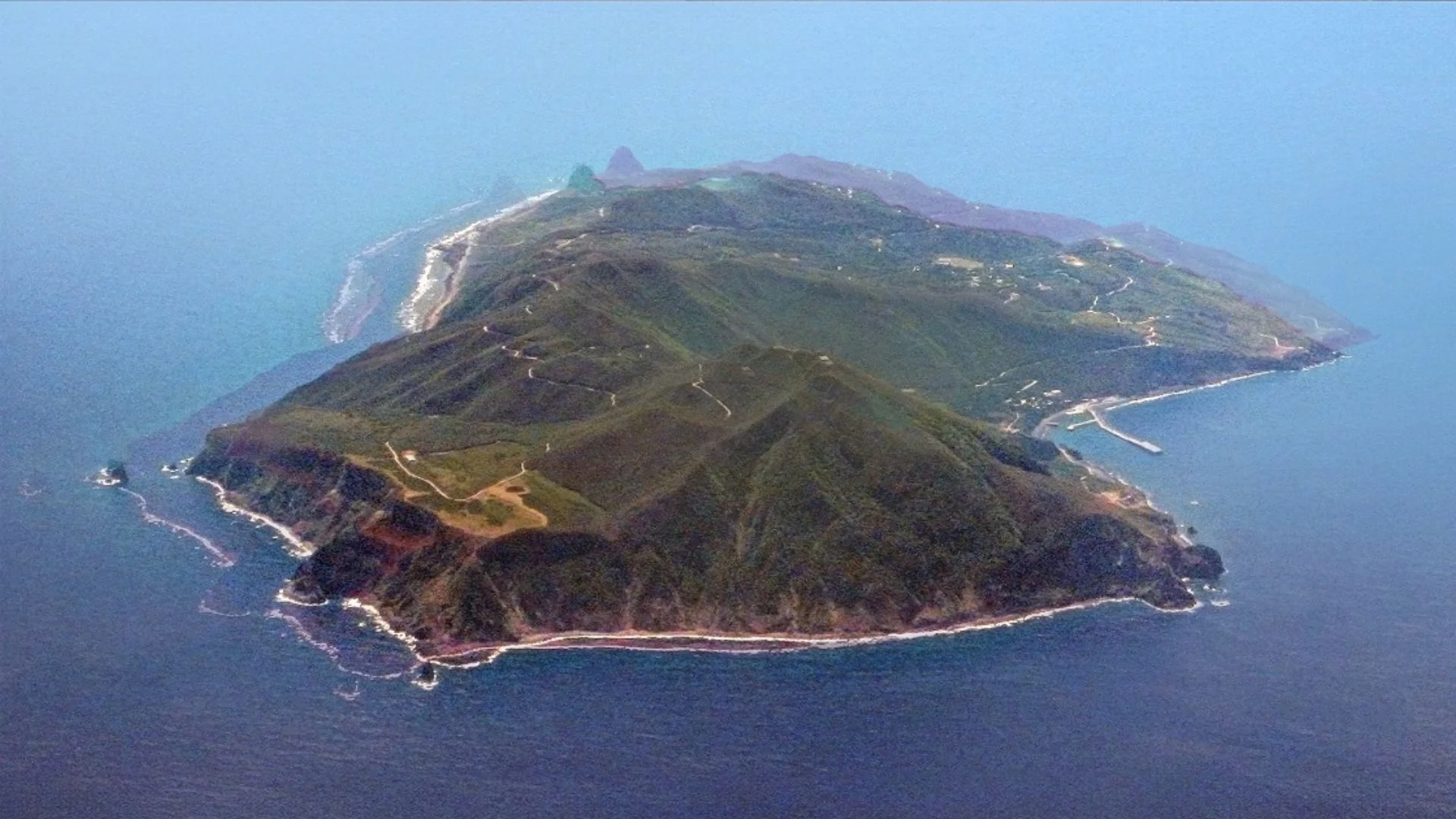Japan’s seismically active volcano activity was back in the headlines on Wednesday afternoon when Mount Shinmoedake, which is part of the Kirishima mountain range on Kyushu Island, erupted spectacularly. The blast released a thick column of ash deep into the sky, and the Japan Meteorological Agency (JMA) issued an alert level 3 for the volcano.
Volcanic rocks and hazardous pyroclastic flows are also expected to fall within a radius of two miles, authorities warned, and people living in Miyazaki and Kagoshima prefectures were recommended to remain indoors. Volcanic ash covered roads, houses, and farms rapidly, disrupting everyday life. Travelers were also recommended to cancel or postpone immediate travel to the area.
JMA officials urged residents to stay vigilant and follow local evacuation instructions after the eruption.
Earthquake a Day Earlier Raises Geologic Concerns
Adding to public anxiety, a magnitude 5.5 earthquake struck off the coast of the Tokara island chain just a day before the Shinmoedake eruption. The close timing of both events has triggered fears over Japan’s seismic instability and whether the eruption could be a prelude to more serious volcanic activity, including the long-feared reawakening of Mount Fuji.
Mount Fuji: Japan’s Unspoken Giant Still an Active Volcano
Rising majestically to 3,776 meters (12,389 feet), Mount Fuji is Japan’s most famous symbol, forever captured in art and revered in culture. But its tranquil, symmetrical loveliness belies an active and potentially catastrophic volcano.
Mount Fuji most recently erupted in 1707 during the Edo era, in what historians call the Hoei eruption. This explosion continued for more than two weeks and spread ash as far as Edo (present-day Tokyo), some 100 kilometers away. It blackened skies, destroyed crops, and changed the mountain landscape by creating a new crater on its southeast side.
Present-Day Risk and Catastrophic Predictions
Although at the moment there are no warnings that a life-threatening eruption from Mt. Fuji is on the horizon, scientists are still closely observing the volcano. This year, the Japanese government revised its safety protocol for an anticipated eruption.
“A Hoei-type eruption would blanket vast swaths of Tokyo and the surrounding prefectures in volcanic ash,” cautioned Professor Toshitsugu Fujii, emeritus professor at the University of Tokyo.
Government projections estimate that such an eruption would emit as much as 1.7 billion cubic meters of ash, of which almost 490 million cubic meters would hit urban infrastructure. Even just a few centimeters of ash would cause train service to stop, while heavier accumulations might collapse the roofs of buildings, sabotage power lines, and lead to economic losses totaling more than 2.5 trillion yen ($16.6 billion).
Viral Prediction Adds Fuel to Public Fear
A re-emerged prophecy by manga illustrator Ryo Tatsuki has also triggered public outcry, as he alleged in his 1999 book The Future I Saw that a serious natural calamity would hit Japan on June 5, 2025. Although Tatsuki cautioned against reading his dreams literally, the prediction has spread in online communities, said to have influenced air travel bookings and trip arrangements to Japan.
For the time being, Mount Fuji is still dormant. But the Mount Shinmoedake eruption has refocused the spotlight on Japan’s unstable volcanic terrain, reminding people and the authorities alike of nature’s capricious force.

